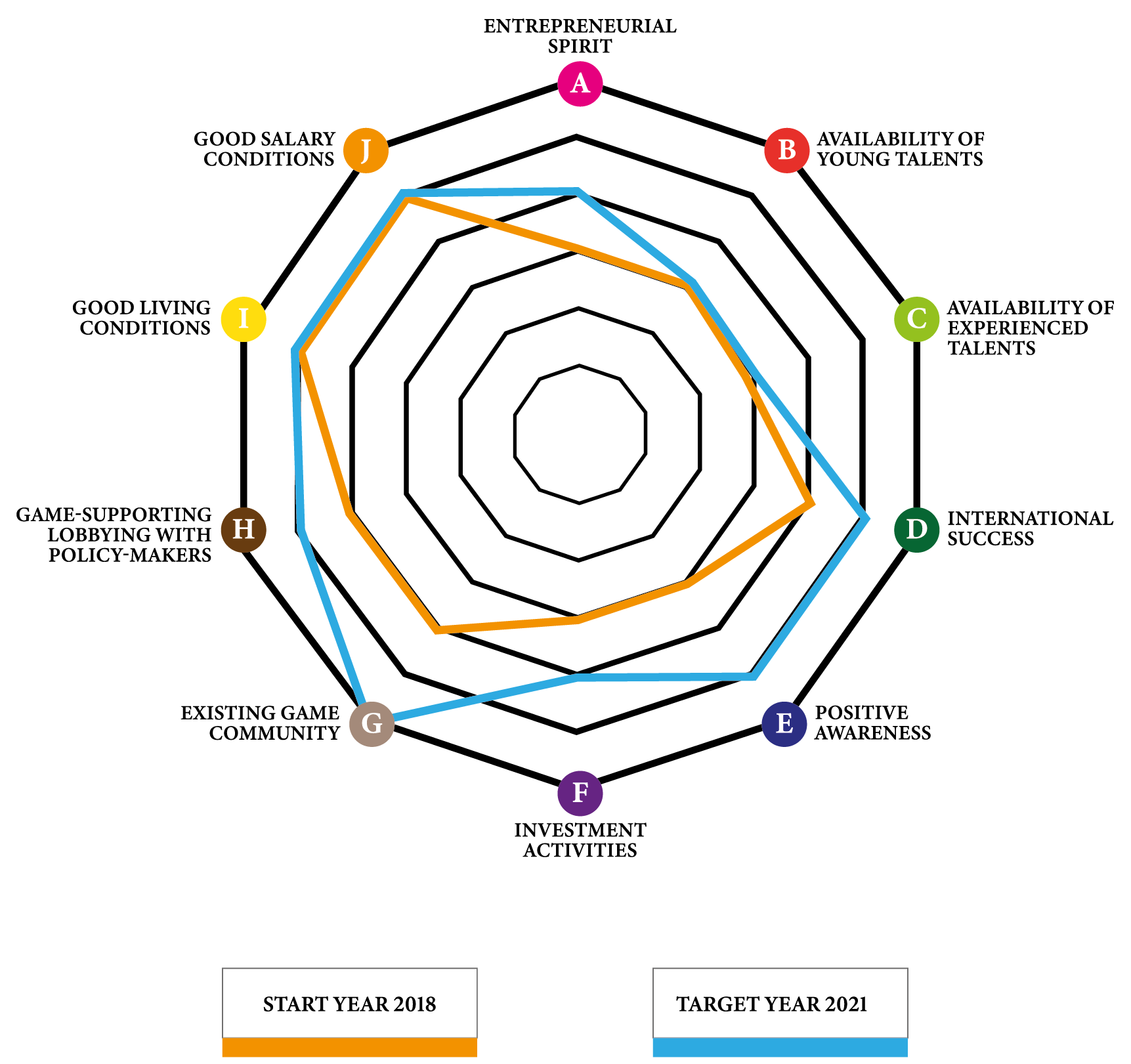Quality of Location and Living Conditions Lithuania
Lithuania can be divided into two regions – Vilnius city area and the rest of Lithuania, as the gross domestic product (GDP) created in Vilnius County last year, accounted for more than 40% of all Lithuania’s GDP. Vilnius area has the biggest concentration of education institutions and as a consequence a vast amount of high-skilled and well payed workers. However, Kaunas and Klaipeda also manage to attract young and motivated students into their main universities and skilled workforce into business companies. The living conditions in these cities are above the Lithuanian average.
Living conditions
The average rent per m² in Lithuania is around 6-9 €, depending on the city. The most expensive rent is in Vilnius although the prices in Kaunas and Klaipeda are also quite high. Lithuania is currently facing a big urbanisation trend and many young adults are migrating to bigger cities and especially to Vilnius. As a consequence, rent in Vilnius is exponentially increasing. There are several new construction projects for affordable homes and the prices might stabilise in future. 71% of all households have access to broadband (up to 1GBits/s).
Cultural climate
In 2016 the share of total public expenditure on culture constituted 4% of the overall budget. The share of total revenue from the cultural sector is 0.06%. There were approximately 51,737 cultural events in 2016.
Public safety
Out of the 55,184 crimes and offences in 2016 were 1923 criminal offenses per 100,000 inhabitants. 2% were life-threatening or sexual attacks. The most significant share of crimes were thefts (39%), and about 15% of crimes were physical crimes against people (national, 2016).
Quality of life
Parents are entitled to 60 hours per week of formal child care. However, the capital city lacks public child care centres. Most child care centres are fully booked and application waiting lists are full for the next years. In Vilnius the density of children is growing, because the majority of young families are migrating to the city. The municipality is not able to keep up with the demand of public child care centres and parents must find alternatives such as private child care or a nanny. The average share of available formal childcare places per 1000 children is 13.8.
With regards to health care, Lithuania has 2.87 medical doctors per 1,000 citizens and 149 hospitals in total.
Transport
Lithuania has three airports with an average of 57 direct passenger flights to other cities on a daily basis. The vast majority of those flights are from Vilnius and within a three hours journey, passengers reach every city in Lithuania.
There is a problem with air transportation: direct flights to important European cities like Paris, London or Amsterdam are operated by cheap airlines. People who travel a lot for business are not willing to fly with cheap airlines and prefer fast and comfortable flights.
Within the cities, public transport covers the city well. Lithuania’s main cities are small and only a minority of urban citizens (around 9.1%) have difficulties accessing public transport. Also, taxi services are cheaper than in the rest of Europe while quality is similar to other EU countries. In Vilnius, Kaunas and Klaipeda well known taxi companies like Uber or Taxify operate.
Demographics
The Lithuanian population counts 2,872,100 people. The median age is 43.7 years. In 2016, 22% of the population earned less than 450€ gross salary, 75% of the population earned up to 943 € gross salary, just 6% of the population had more than 1,600 € gross salary.
______________________
Status: 2020



